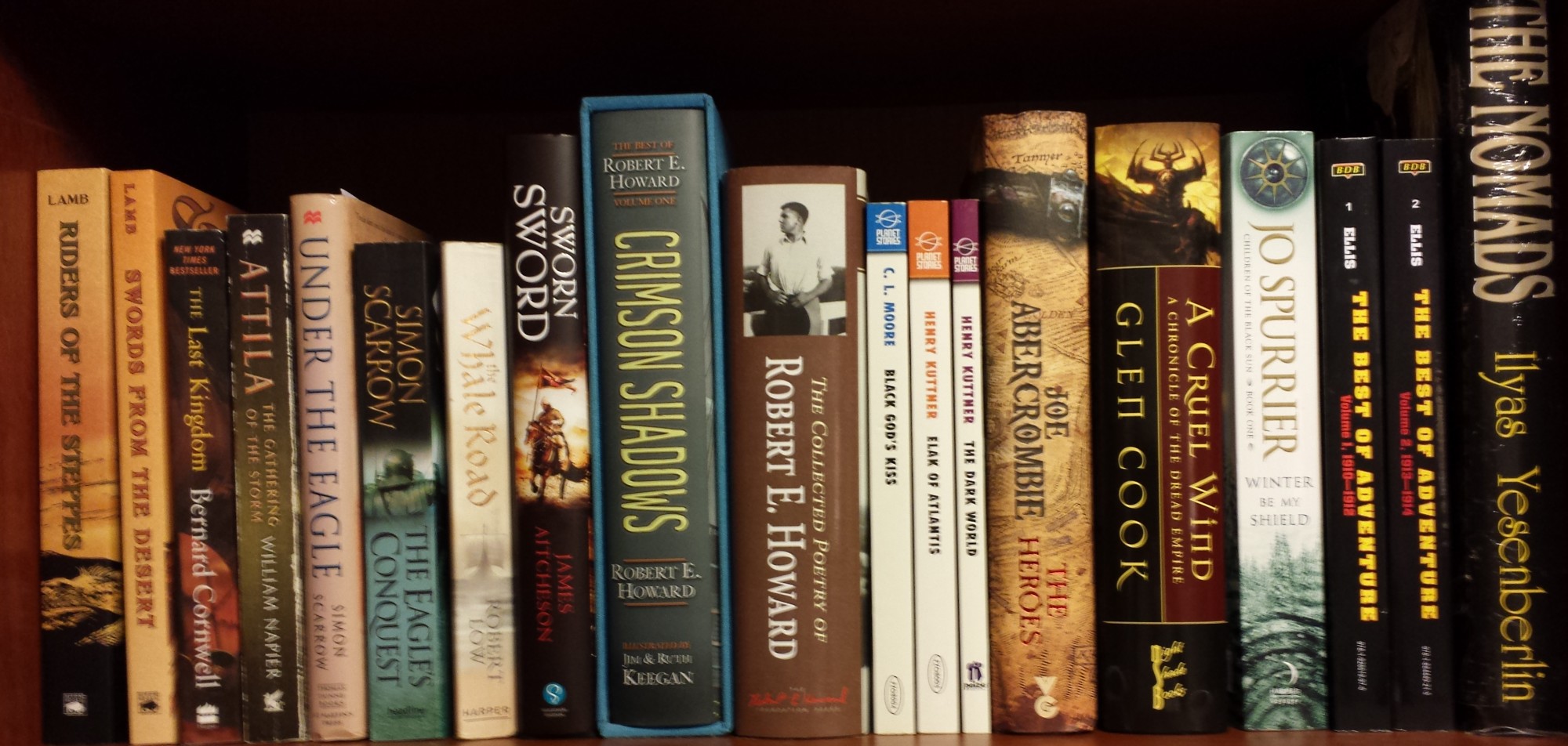Earlier today I was reading a post on a site I don’t normally read these days (I was lured by the temptation of a free ebook). The post made the argument that John Campbell was the greatest editor the science fiction and fantasy fields have seen.
That got me to thinking, which usually gets me in trouble. I began wondering who would be the greatest editor, greater being defined as having the most impact over time. The original post didn’t include fantasy other than a passing reference to Unknown. So I thought I’d throw the question open to anyone who wanted to voice an opinion. Below is a list I compiled off the top of my head. I didn’t include any living editors. If I had, Ellen Datlow would be on it. My rationale is that the impact of living editors on the can’t be accurately assessed because they are still having an influence and their greatest influences may still be to come.
So in alphabetical order are ten editors. I’ll provide a brief explanation as to why they have been included. Some will be quickly eliminated. Others, not so much. Continue reading







